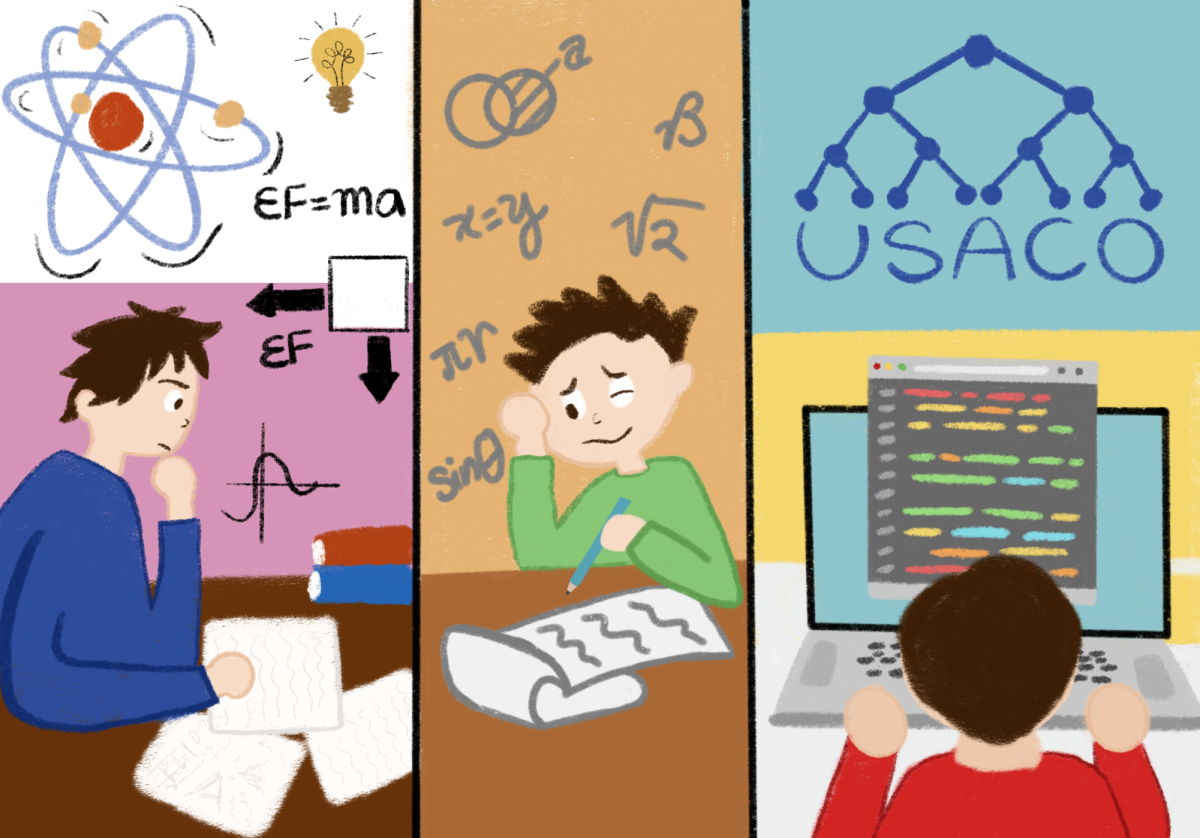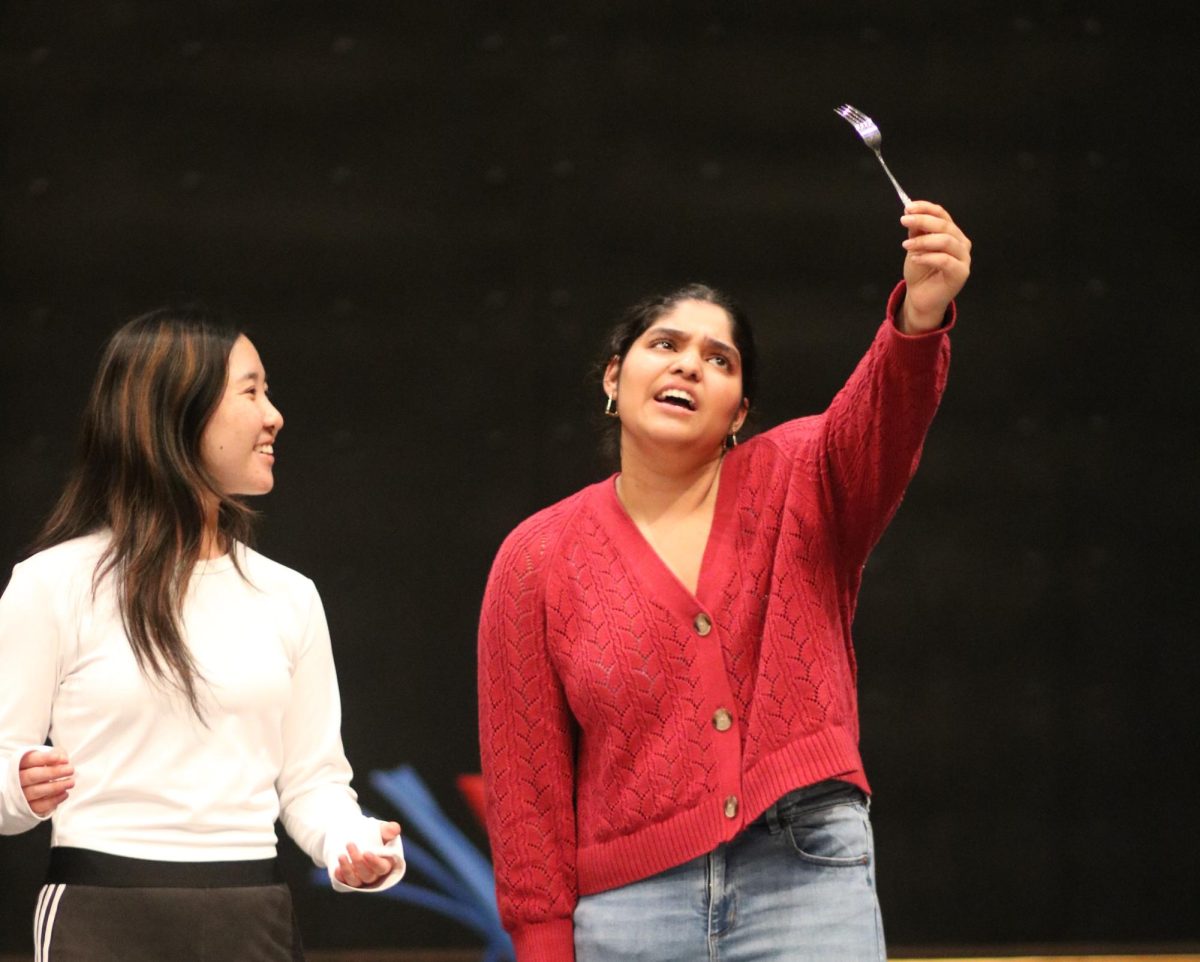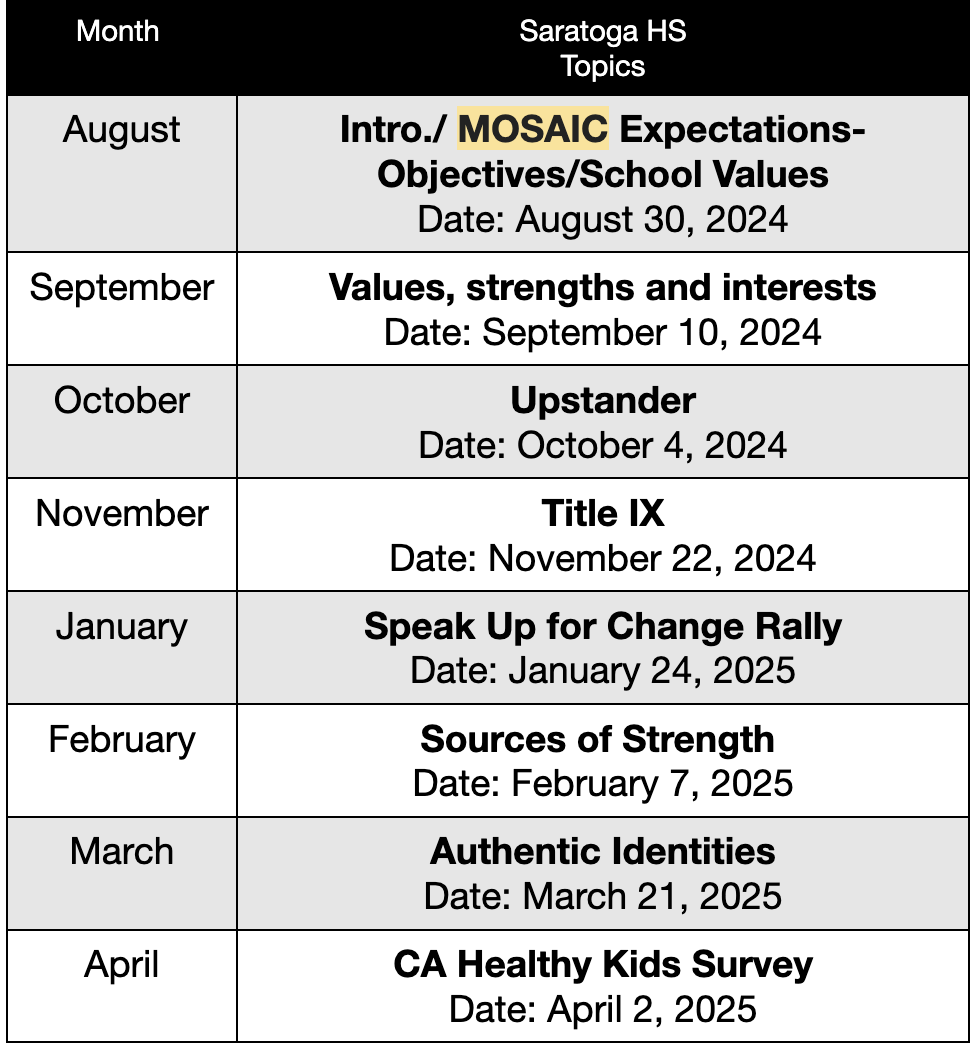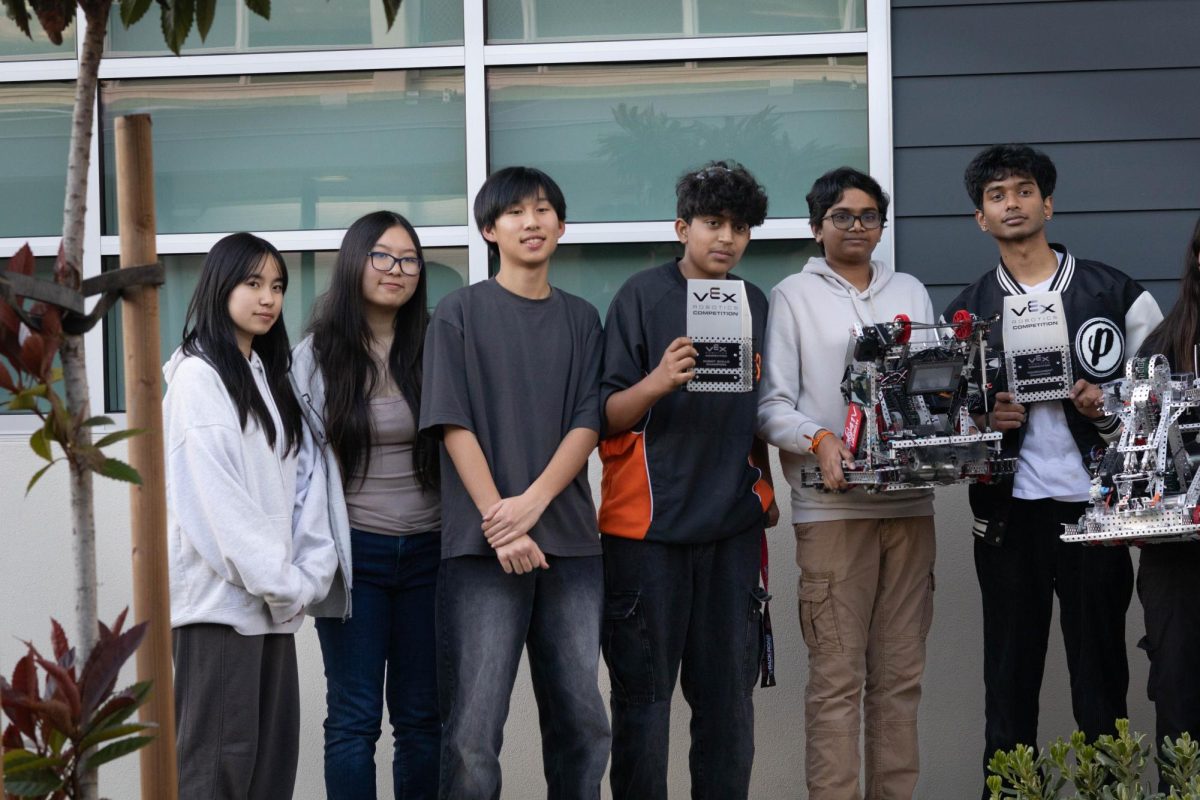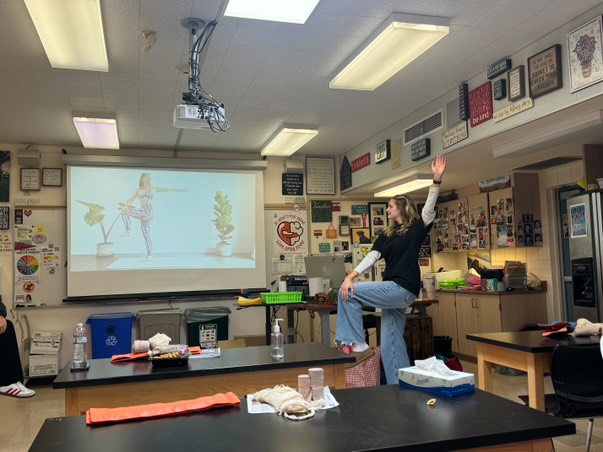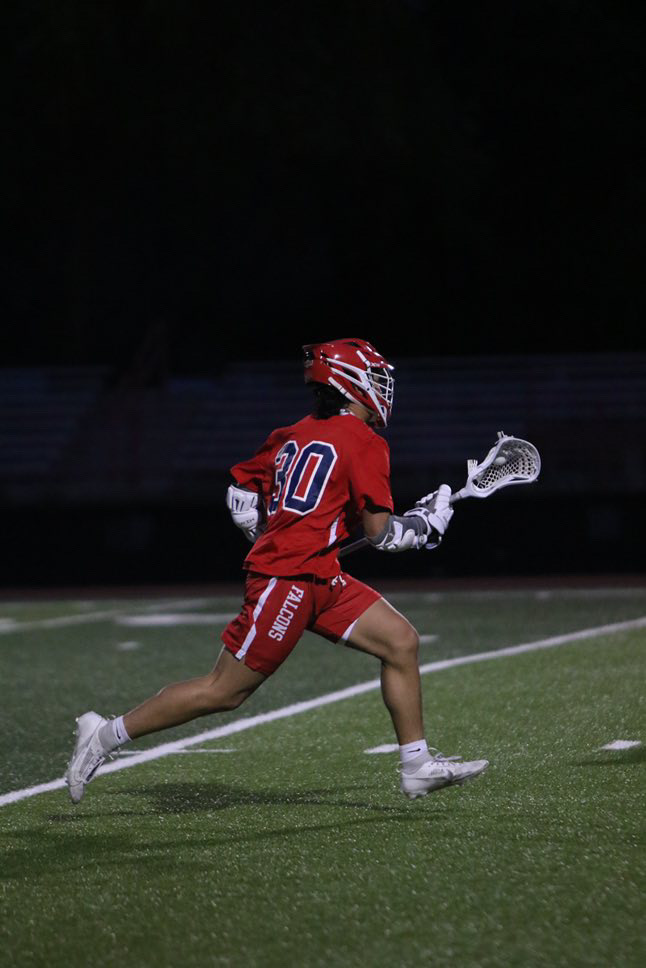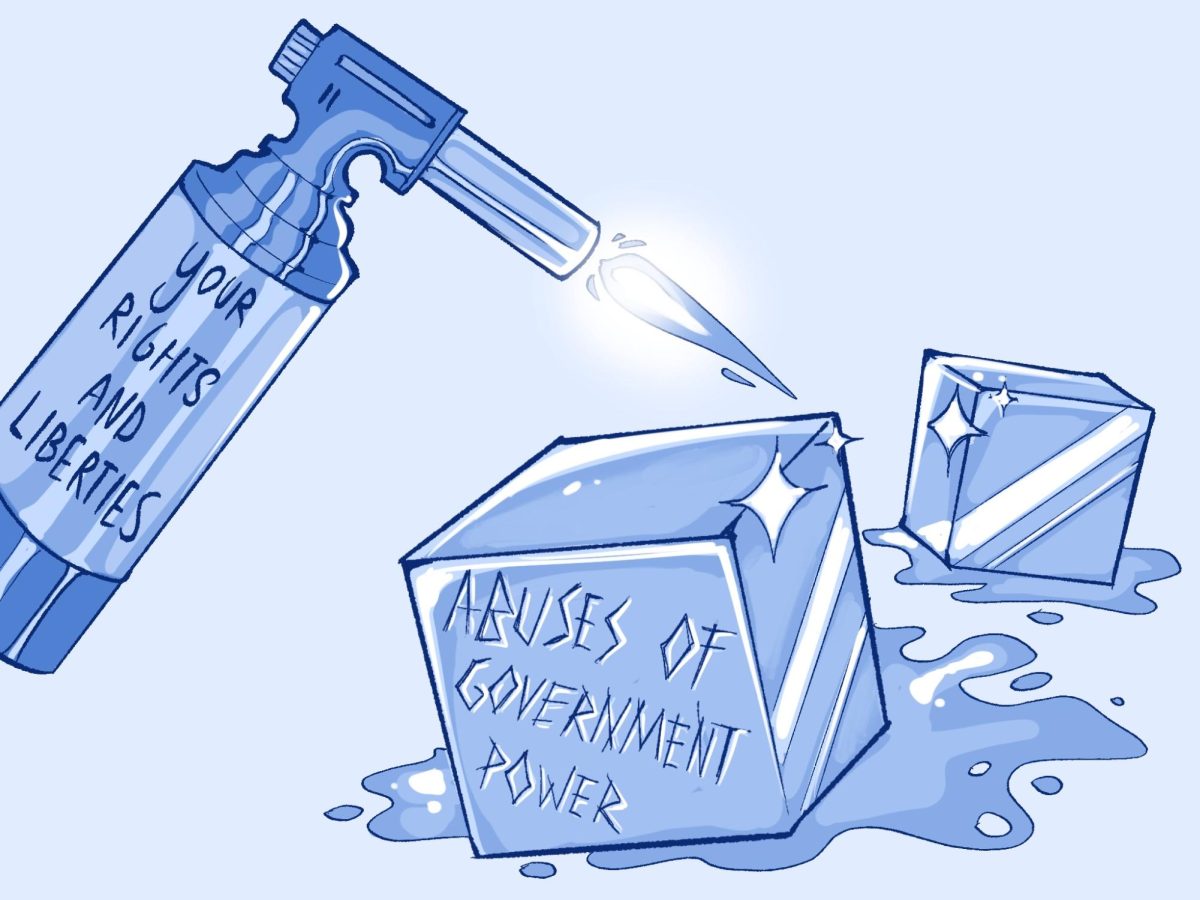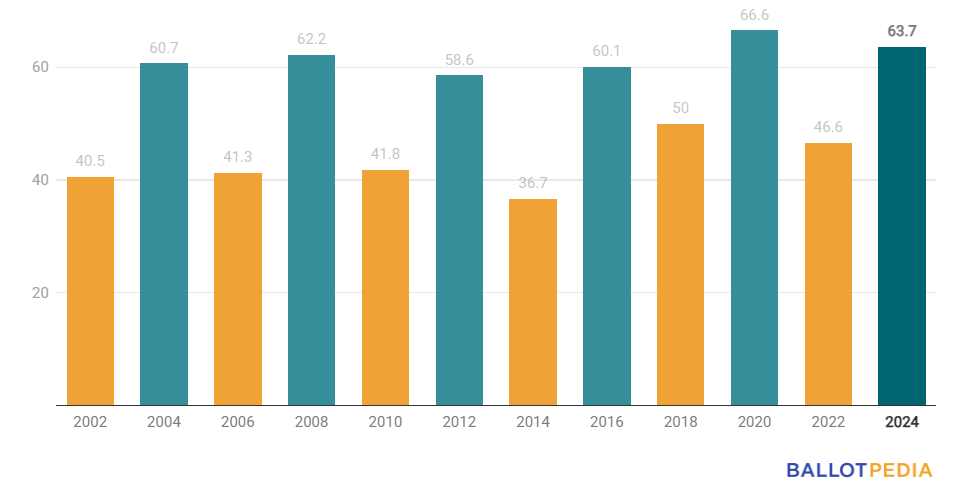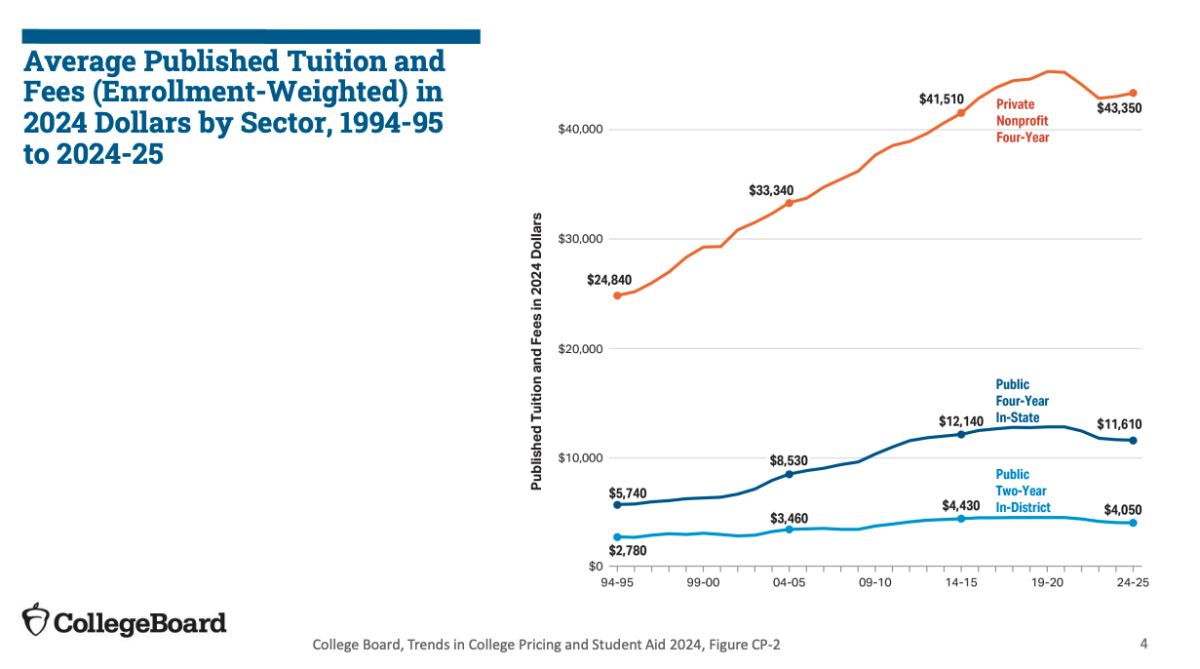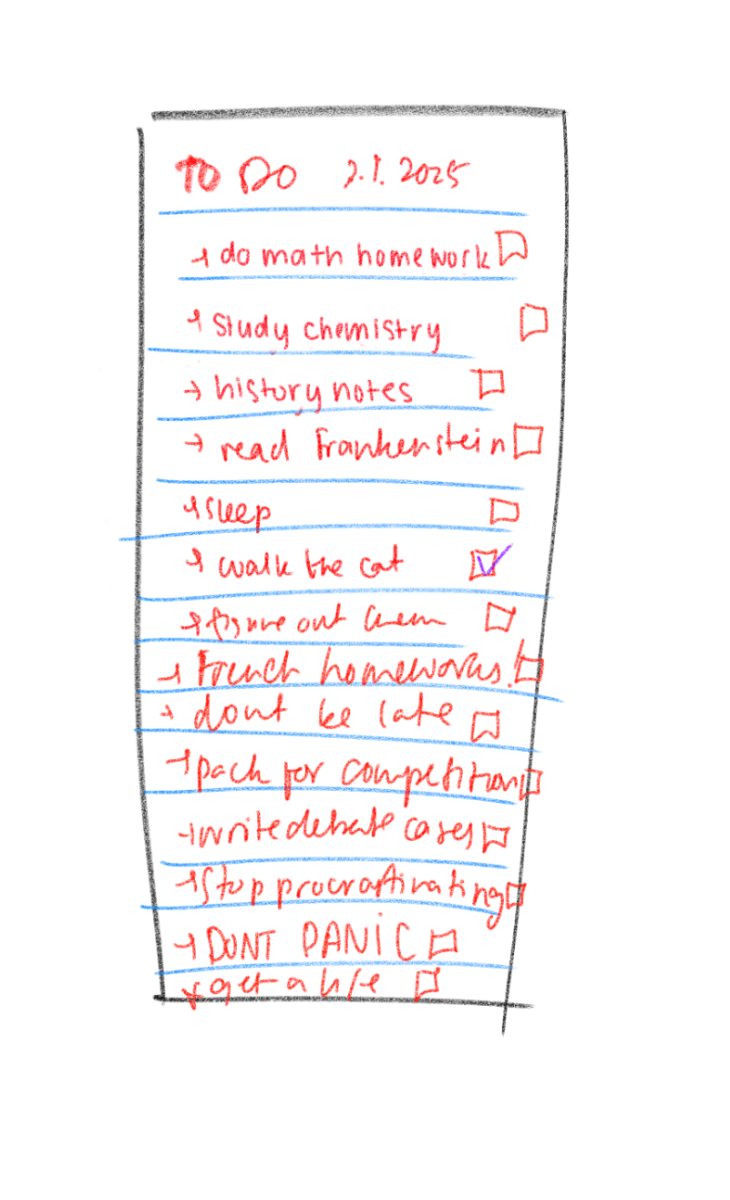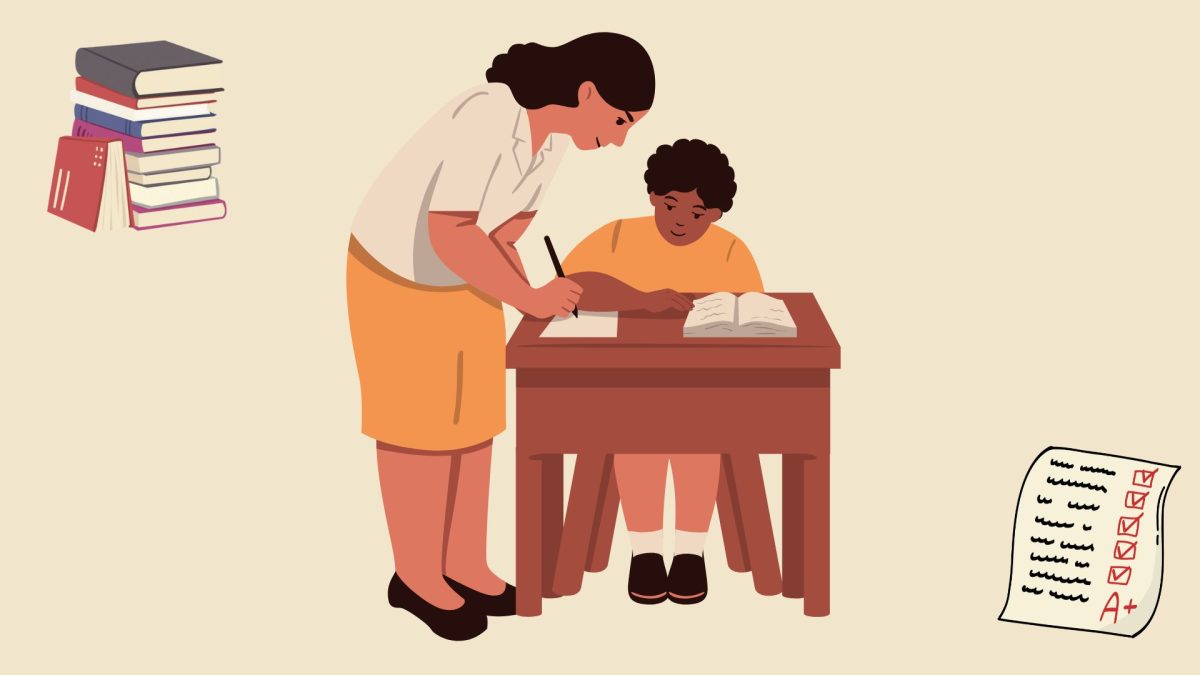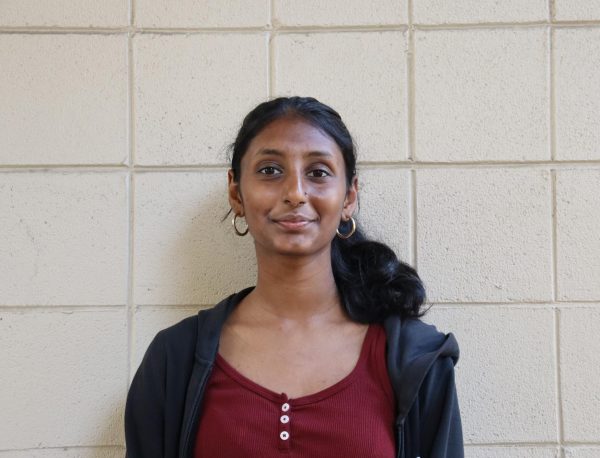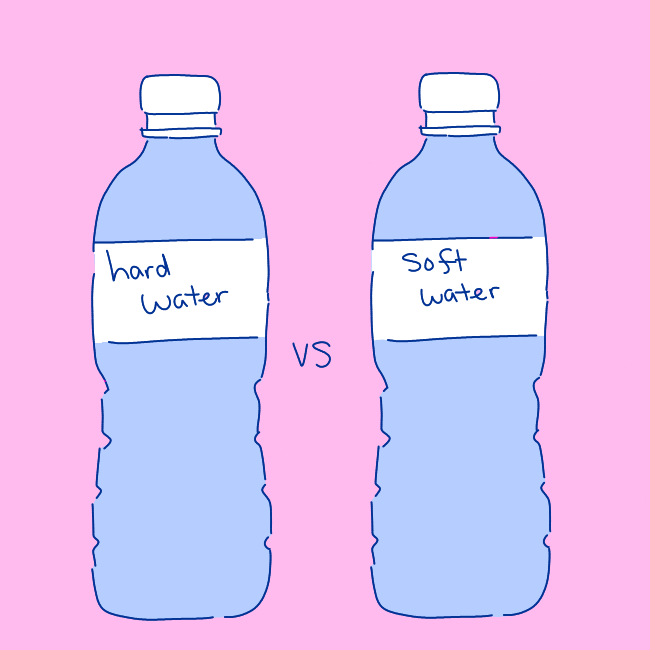It’s hardly breaking news that students here often take on extreme workloads. Saratoga is a college-driven community and fosters an intensely competitive environment, with most students expected to max out on AP classes and extracurriculars.
A typical workload of an upperclassmen includes four or more APs, time-consuming extracurriculars such as band, Speech and Debate and volunteering at various charities, not to mention extras such as creating their own nonprofits and companies.
For their part, most teachers teach an average of five classes, sometimes adding up to more than 150 students. When the time comes to grade a math test or English essay, it can take days to get through the piles in front of them. On top of that, students often try to grade-grub, wherein they try to negotiate a higher grade than they earned.
As students, we often overlook the fact that teachers carry responsibilities that extend far beyond the classroom. It’s easy to focus on the volume of work we’re assigned and feel overwhelmed, but it’s important to recognize that grading and lesson planning are time-consuming tasks teachers manage regularly on top of their own personal lives.
To ensure timely schedules and acute coverage of all material, many teachers enforce strict deadlines to keep students on track, but their deadlines often prove to be difficult for students. Because students are so busy, the occasional slip-up in turning in homework is inevitable. Policies vary, but there’s almost always a severe penalty for late work.
Too often a perceived lack of empathy from both students and teachers creates tension and misunderstanding. Many students believe teachers do not recognize the immense pressure they face, while teachers feel students do not appreciate the effort required to plan lessons, grade assignments and manage multiple classes. This disconnect leads to frustration on both sides, as students struggle to meet expectations while teachers feel unappreciated and overwhelmed.
A promising solution lies in having better communication between students and teachers. Some educators have started adopting policies allowing students to request deadline extensions under reasonable circumstances.
For example, some teachers provide students with late passes they can use sparingly throughout the semester, or only deduct only 10% of late assignments for every day after they’re due. Others implement grading policies that are not entirely test or quiz-focused, instead emphasizing class participation, projects and essays to provide students with multiple ways to demonstrate their understanding of the materials.
As a student, I believe policies such as this truly help promote a healthy learning environment. Although students shouldn’t be rewarded for consistently turning in assignments late, it certainly helps take the stress off if we forget or didn’t have time to do the homework during a particularly hard time. Having other mediums besides tests to express our comprehension of the content we learn benefits students and eases stress.
Additionally, it helps when teachers hold extra review sessions during tutorials or offer other opportunities that allow students to learn from their mistakes such as test revisions or essay revisions for increased credit. These approaches recognize that students juggle multiple responsibilities and help them manage their workload more effectively.
In return, students should strive to prioritize curricular activities over extracurriculars. Classes that students signed up for in school should always be a student’s top priority. By doing this, students show teachers the respect they deserve while also completing their required schoolwork.
By creating an environment where both teachers and students have more flexibility in their work, it is possible to bridge the empathy gap. If teachers and students work together to find common ground, they can create a more supportive and understanding learning environment and find the balance between academics and mental health.

